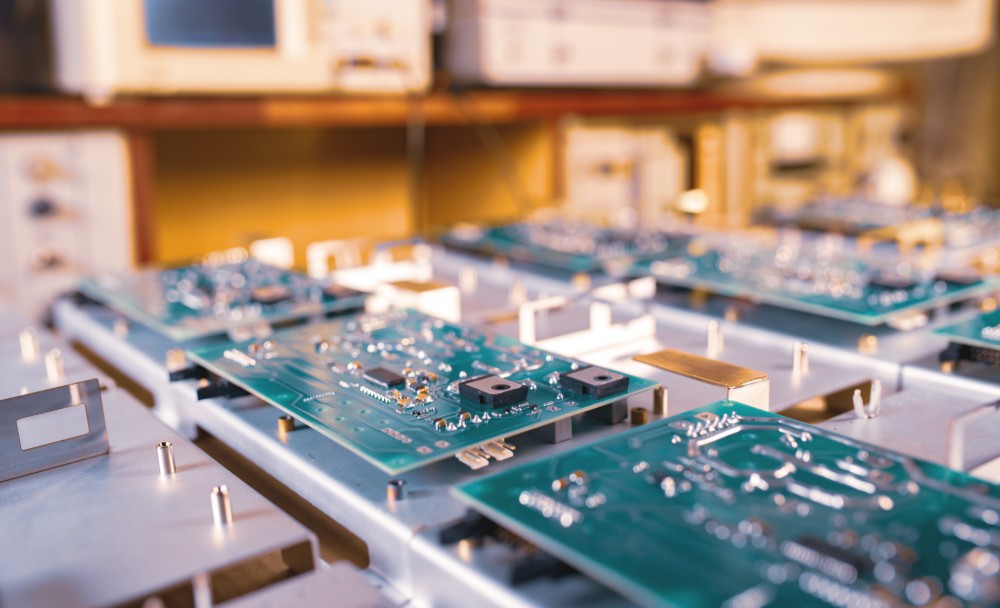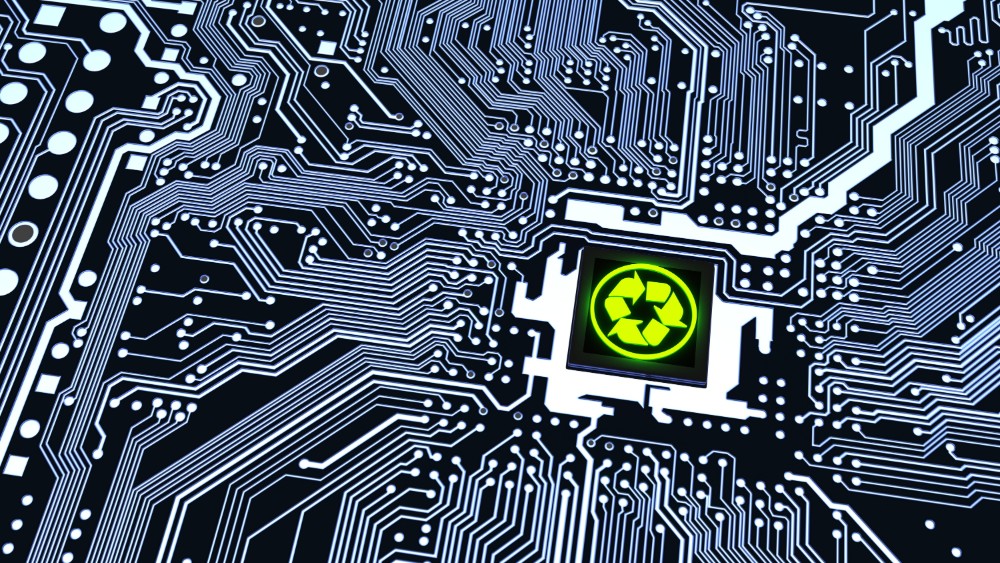Regardless of the industry, manufacturers should all pay close attention to how much waste and pollution they create. Customers often chose products because the manufacturers are committed to reducing waste.
The electronics and the printed circuit board industry is known for producing waste that raises concerns about global ecological issues, especially since they use so many metals. Some of the metals harm the environments, while many that can be reused sit wasted in landfills. Fortunately, PCB manufacturers can take immediate steps to reduce waste and pollution.
How Does PCB Manufacturing Affect the Environment?
It doesn’t matter if they are single-sided, double-sided, or multi-layered, printed circuit boards have many materials in them. The materials increase depending on the spatial and density requirements. Most PCBs today use fiberglass, resin epoxy, phenolic resin, and copper foil.
The complexity of the circuit greatly affects the amount of material used, too. The material used in the circuitry include alloys like copper, aluminum, and iron. So, when a product with a PCB in it is thrown into the trash, those alloys are wasted.
But, PCB waste is not just at the endpoint. Much of the waste comes from the manufacturing process. For example, PCBs need rinsing several times. Therefore, manufacturers end up with contaminated rinse water as well as several waste chemicals and metals, too. They also release some acidic air emissions.
PCB manufacturers must follow the Restriction of Hazardous Substances Directive or RoHS. This directive means that they cannot use six hazardous substances in any part of manufacturing. Those substances include lead, mercury, cadmium, hexavalent chromium, and two fire retardants: polybrominated biphenyls and polybrominated diphenyl ether.
Even without using the RoHS materials, the hazardous waste emitted from PCB manufacturing can affect the environment as well as the people who come in contact with it.

How Can PCB Manufacturing Reduce Waste and Pollution?
The best way to reduce waste and pollution is to look closely at what can be replaced or substituted with an eco-friendly alternative.
Product Substitution
There are several products that can be used in lieu of the harmful ones. PCB manufacturers have to become creative and look to science as a way to reduce waste when manufacturing and packaging microchips. Waste can immediately be reduced with eco-friendly, sustainable packaging systems.
Replace Hazardous Materials
Just because a hazardous material has always been used, doesn’t mean it should continue to be used. When cleaning and preparing the surfaces of the PCB, manufacturers can turn to materials that will not pollute waterways or force employees to wear PPE for protection.
Manufacturers can turn to abrasive cleaning and non-chelated materials to decrease the amount of hazardous waste produced. Manufacturers can also implement a cascade cleaning system that reduces the generation of nitric acid waste. Cascade systems have been around for several decades and are used to deburr and clean machine parts of all sizes. Manufacturers around the world use customized cascade systems to deburr products that range in size from a few ounces to several hundred pounds.
Reusing or Recycling of PCB Materials
Another way to reduce the waste that comes from PCBs manufacturing is to reuse or recycle natural resources. Some of the materials can be reused in other new PCBs. The materials that can be reused include copper metal from the edge and tin and lead-tin from the solder dross. As parts are reused, manufacturers can also reduce the amount of water used.
Manufacturers can reduce their reliance on copper hydroxide by using copper oxide. The hydroxide version of copper can be harmful to the respiratory tract and it can cause skin irritation. Copper oxide is not harmful and small doses are used in vitamins.
Recover and Segregate Used Materials
When PCB materials are sent to recycling centers, manufacturers can use resource recovery to turn the waste into raw material. The parts might not be used in PCB manufacturing, but might be useful for other products. Resources like alloys and metals are valuable, and if they can be reused, that keeps them out of the waste stream. It also removes the need to always rely on new materials.

Partnering with a Responsible PCB Manufacturer Will Help Minimize Waste
PCB manufacturers should do what they can to reduce, reuse, and recycle as often as possible. With PCBs in so many devices, the small boards end up using more resources than most people realize. Manufacturers who can minimize waste will be rewarded with a loyal customer base.
Manufacturers who rely on PCBs from other companies should strive to work with those who are dedicated to minimizing waste. Like PCB manufacturers, companies that outsource them will also build a loyal customer base. They will also be able to proudly say they are doing their part by partnering with eco-friendly companies.
It is also wise to only work with companies that adhere to the RoHS regulations. Companies that limit the use or refuse to use harmful substances show they care about the world and generations to come. Many companies that care about the environment follow the regulations around Waste Electrical and Electronic Equipment (WEEE) directives, too. This directive gives instructions on how to properly dispose of harmful materials in the RoHS rules.
Manufacturers and the rest of the world are in an environmental crisis. After decades of limited regulations regarding waste and pollution, manufacturers need to evaluate their practices. Instead of doing what they have been, PCB manufacturers should look at ways to reduce water use and use of metals and alloys. It is also important for them to stop using toxic materials and figure out how to reuse and recycle resources that are in limited quantities.
It is not just up to PCB manufacturers to pay attention to their practices regarding waste and pollution. It is up to the customers who buy the boards and use them in the products. Choosing a PCB manufacturer who cares about the environment shows your dedication to protecting the environment for generations to come.
